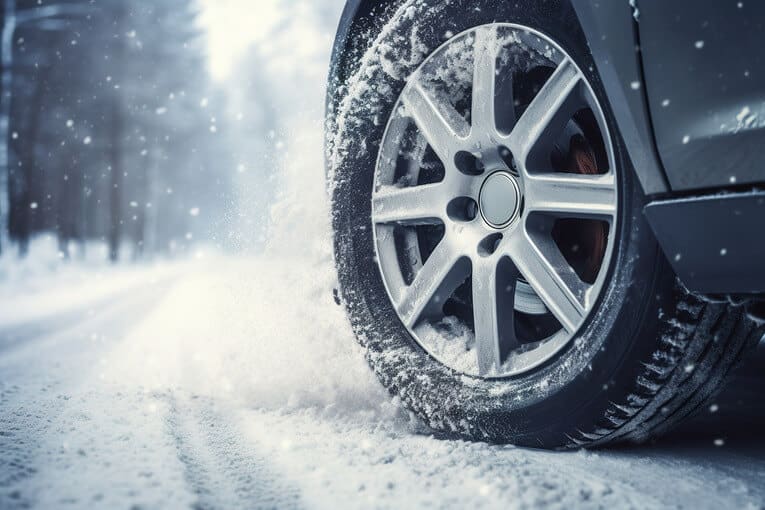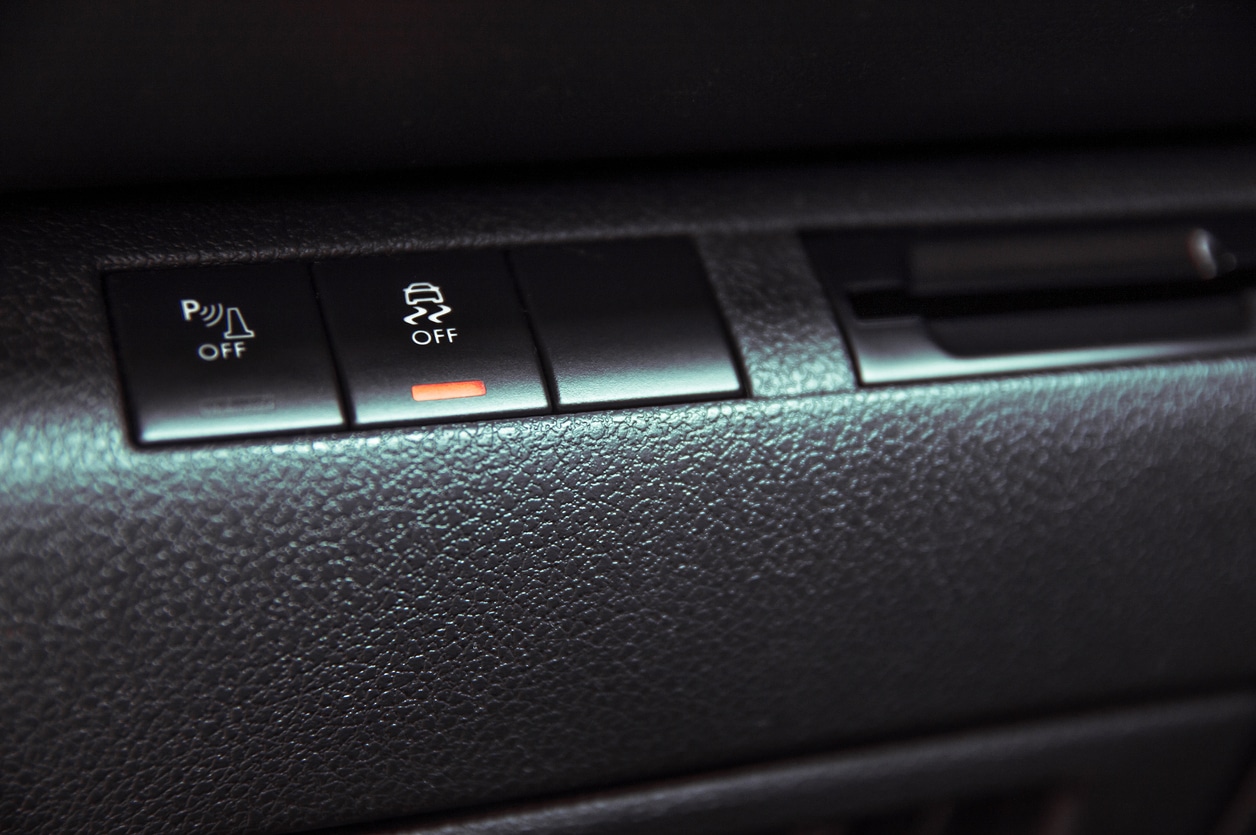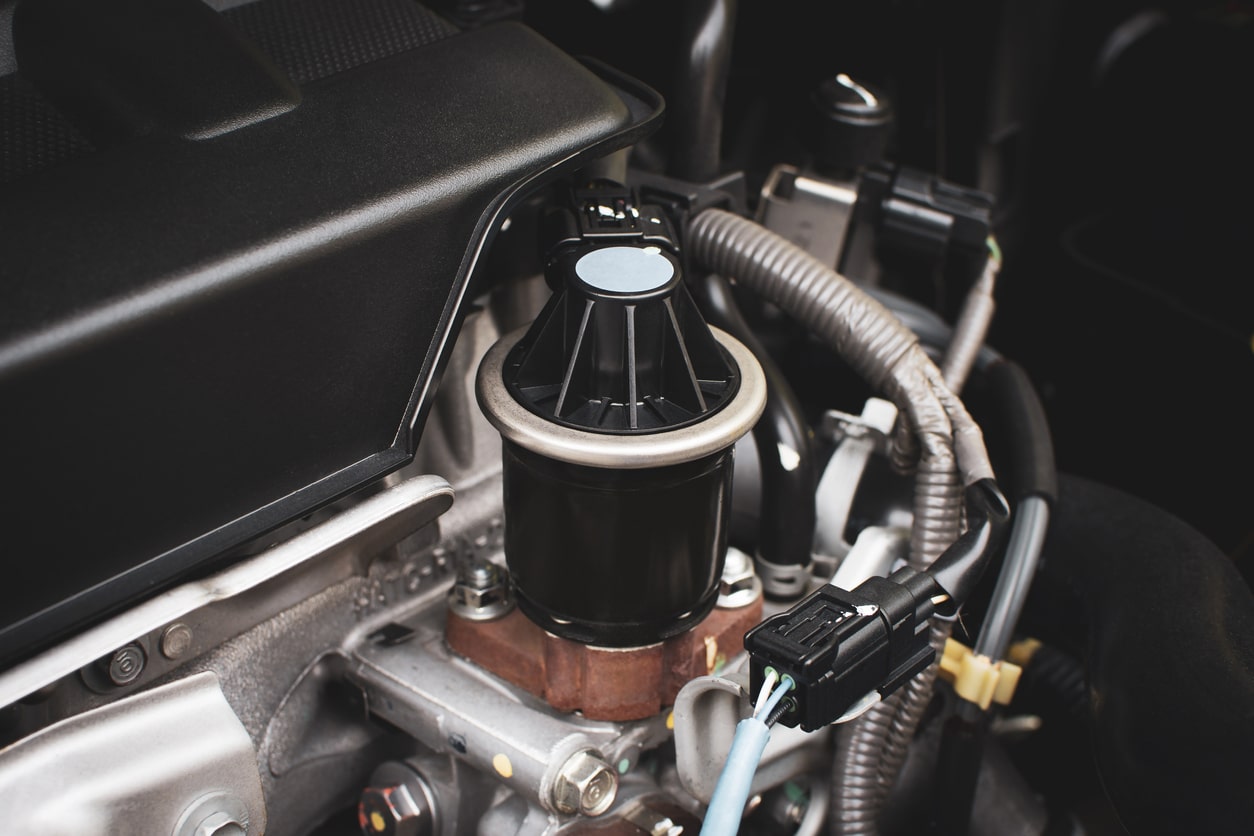You’ve heard of traction control and ABS, but what about ASR? An acronym for anti-slip regulation, this type of system performs a similar job to comparable car handling technologies.
So how does it work? Why is it needed? And how does it differ from other vehicle control systems found on modern cars? Here, we’re taking an in-depth look at ASR to help you get to grips with the technology – ideal if you currently own a car with ASR or plan to purchase one in the future.
This guide will cover…
- What is ASR?
- How does ASR work?
- What are the pros and cons of ASR on a car?
- What makes and models feature ASR technology?
- Can you turn off ASR on a car?
- Is ASR the same as traction control?
- What does an ASR warning light mean?
- What ASR problems can occur?

What is ASR?
Anti-slip regulation is a safety system fitted to some makes and models of cars, particularly those that feature four-wheel drive and that are used for occasional off-road driving. It’s designed to reduce the likelihood of wheel slip and improve traction on challenging surfaces like mud, water and ice, all while easing the load placed on vehicle transmission systems when negotiating difficult terrain.
ASR is classed as an “active” electrohydraulic safety system. That essentially means it works in unison with the car’s ECU (electronic control unit) to monitor traction and make power-based adjustments in real-time.
How does ASR work?
ASR systems rely on a series of sensors to send signals from each individual wheel back to the central ECU. These sensors, which are connected to the ABS (anti-lock braking system), monitor the speed of each wheel. If one or more wheels are moving faster than others on the car, this triggers an electrohydraulic process to slow the speed of the wheel and, ultimately, prevent slipping.
When ASR sensors detect a slipping wheel, this activates a series of valves and pumps connected to the braking system. The process builds pressure in the brake circuit, slowing individual wheels automatically without the need for the driver to press the brake pedal. This light braking force is applied until wheel traction is restored.
As well as controlling the speed of individual wheels on 4×4 vehicles, ASR systems are also able to adjust engine torque automatically to prevent wheel slipping. This feature, although essential to the efficient operation of ASR systems, can frustrate some drivers who feel it limits performance and output.

What are the pros and cons of ASR on a car?
So, should you look for cars with ASR fitted as standard or avoid them like the plague? Here’s a quick look at the pros and cons of this type of vehicle safety system.
Pros
- Improved traction on challenging surfaces
- Reduces the risk of slips and skids
- Optimises performance, acceleration and fuel economy during off-road driving
- Eases pressure on vehicle transmission
- Reduces unnecessary tyre wear
- Reduces the risk of aquaplaning
Cons
- Reduced power
- Notable feeling of intervention from the vehicle
- Can make driving impossible in snowy conditions
What makes and models feature ASR technology?
It’s important to note that not all cars feature ASR. The technology is only found on 4x4s, and even then not all of them.
Manufacturers known to fit ASR tech to 4×4 models include Audi, Fiat, Peugeot, Renault, Seat and Volkswagen. That’s not to say that all four-wheel-drive models from these car makers feature ASR, though, so it’s essential that you read a vehicle’s spec sheet and manual to understand the type of traction control and safety features that are fitted.

Can you turn off ASR on a car?
While it’s typically recommended that vehicle safety systems are left on at all times, it is possible to turn off ASR in a car. Most SUVs and four-wheel drive cars have a prominent ASR system on-and-off switch on the dashboard, making it easy to deactivate the system as and when required.
You may, for example, wish to turn off an ASR in certain conditions, particularly on snowy surfaces. That’s because the system will make it almost impossible for the wheels to turn on very slippery surfaces.
Is ASR the same as traction control?
While ASR is essentially a form of traction control, it differs from standard TC found on most two-wheel drive cars. That’s because it’s able to control the speed of each individual wheel as opposed to all wheels simultaneously.
What does an ASR warning light mean?
If you notice an ASR warning light appear on your car’s instrument cluster, this doesn’t typically mean there’s an issue with the system. Instead, it indicates that the system has detected a slip on one or more wheels and has activated automatic braking and engine torque limiting to counteract this.
This is similar to other traction control systems, particularly ABS. If, for instance, you spin the wheels by accelerating too heavily on slippery surfaces, you may notice a traction control light flash on the dashboard regardless of which type of system is fitted to your car.
What ASR problems can occur?
Although uncommon, ASR systems can suffer faults like any other vehicle system. Some issues that can affect ASR performance – and may need diagnosing by a professional mechanic – include:
- A damaged ASR sensor
- Dirty or loose sensors
- Low brake fluid
- A faulty ignition coil
- Poor contact point within the electrohydraulic ASR system
Have you enjoyed this guide? You’ll find loads like it on the Holts Blog. Interested in finding out about our handy DIY car maintenance tools? Tap here to head to our product pages where you’ll find useful accessories like Tyreweld, Gun Gum and many more.


